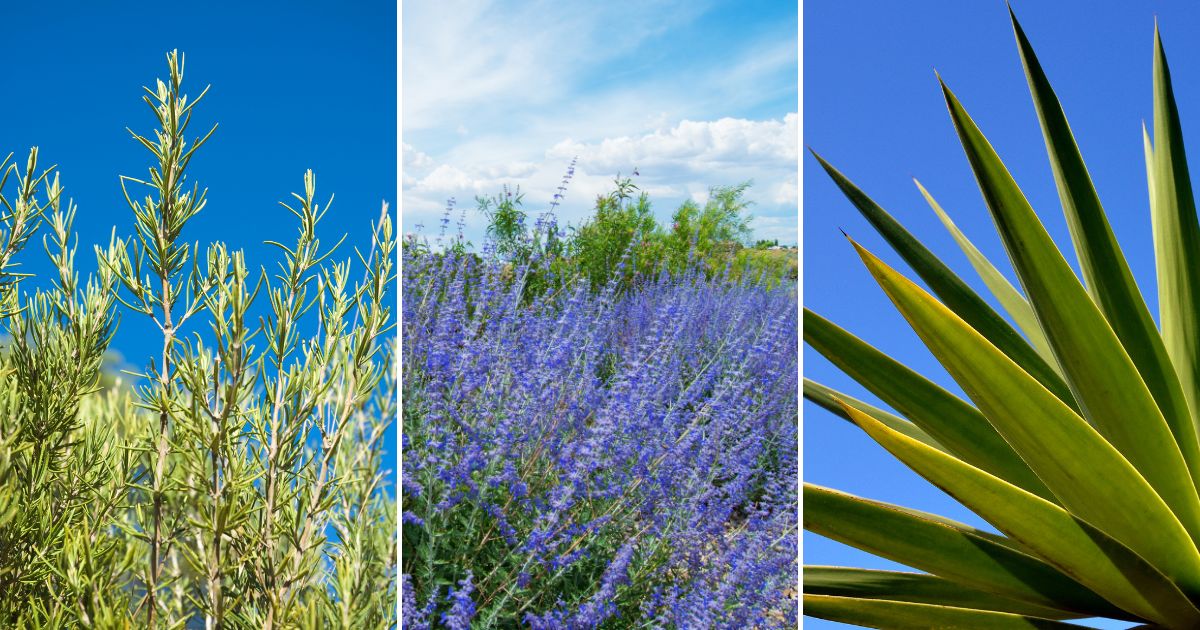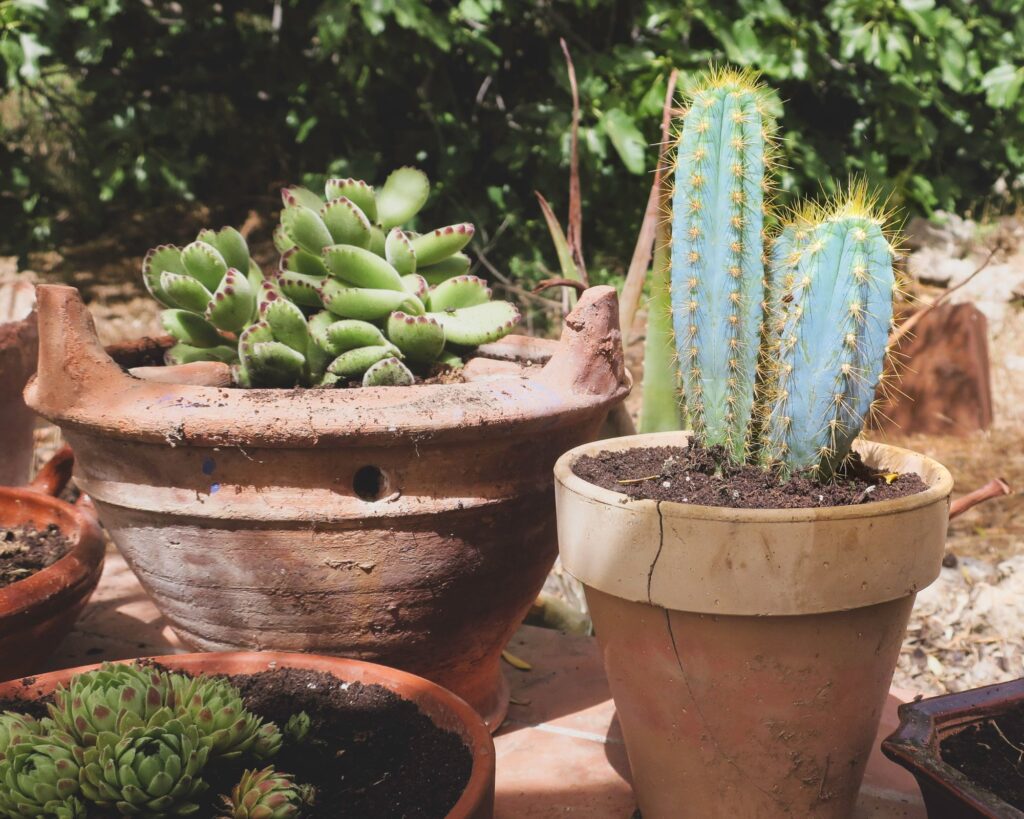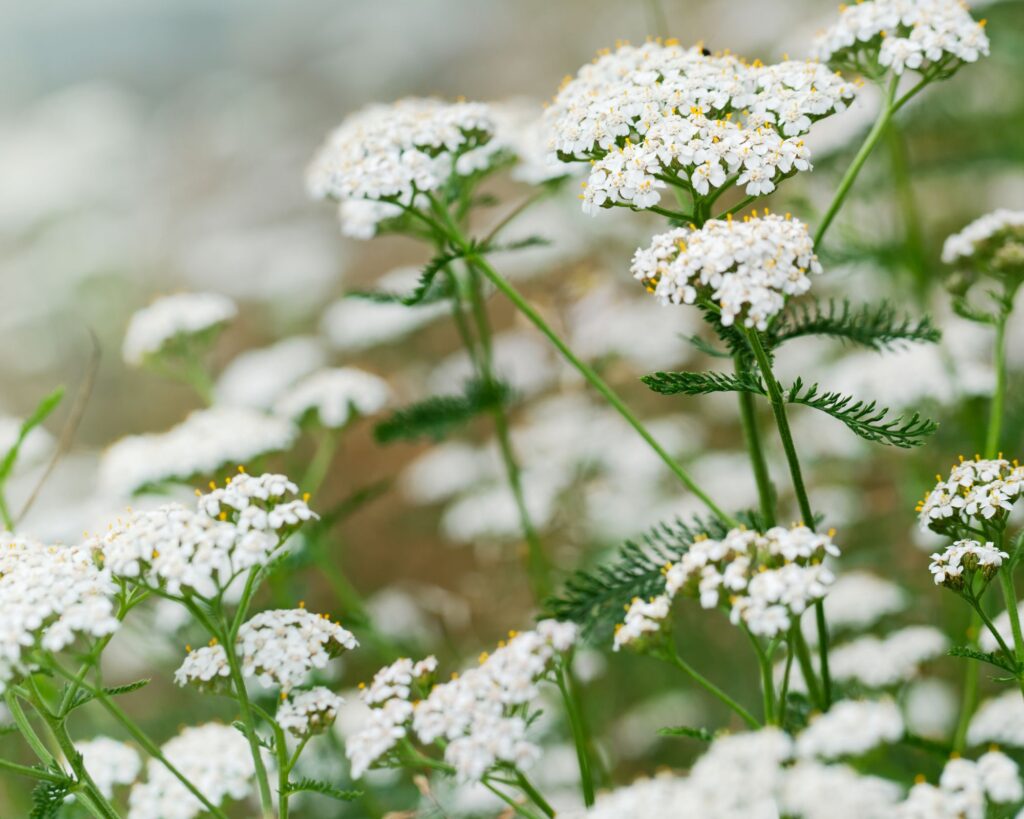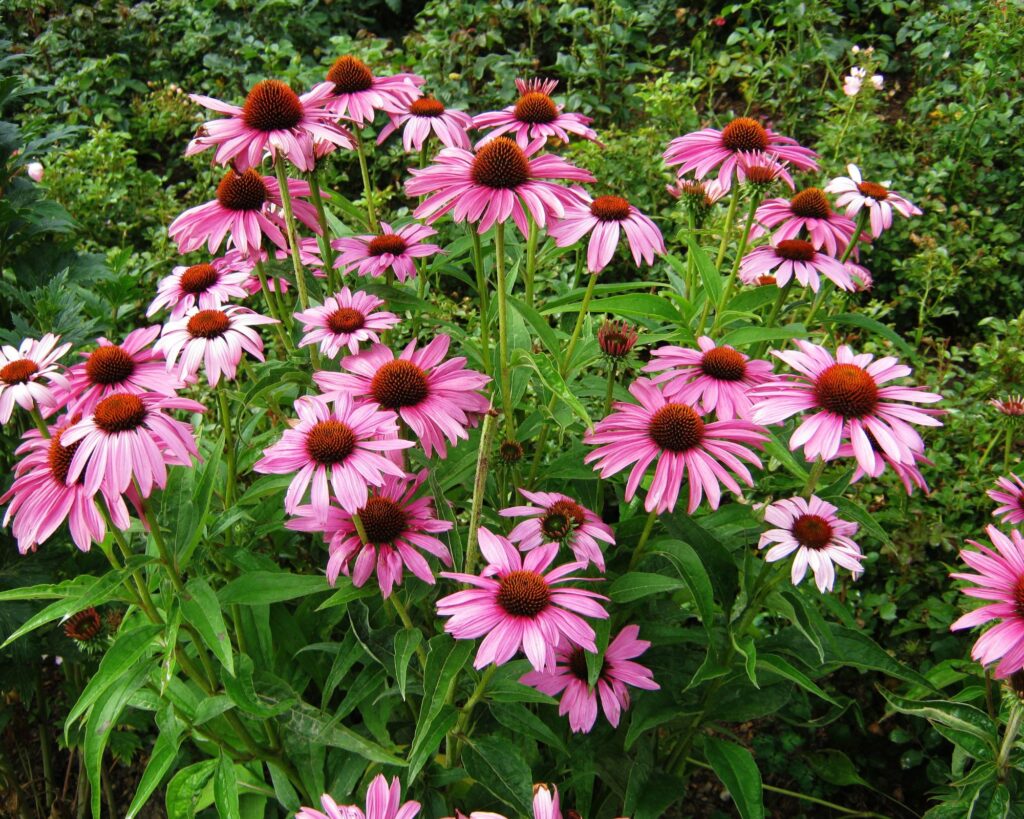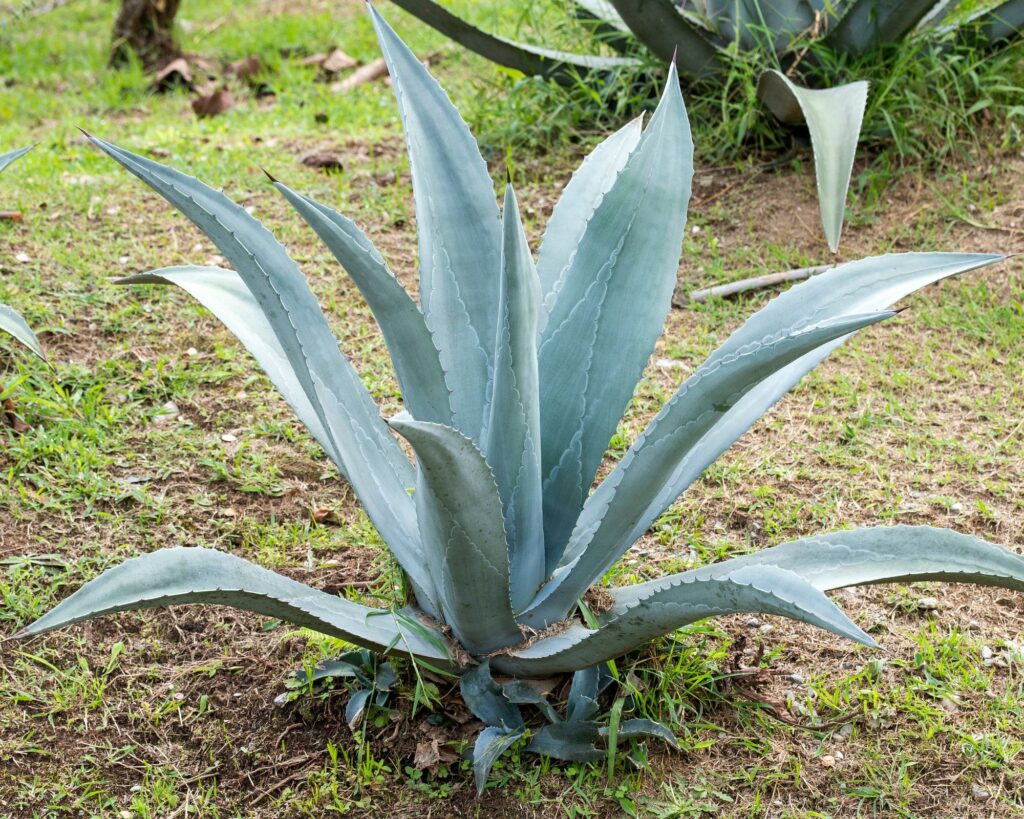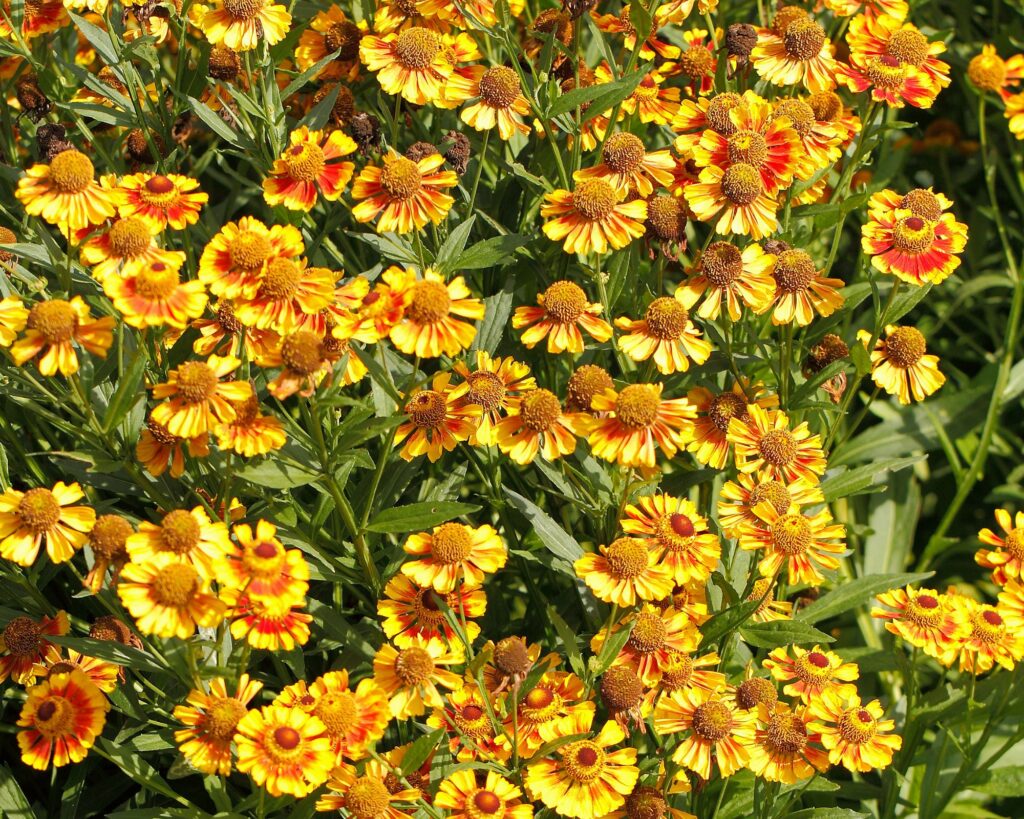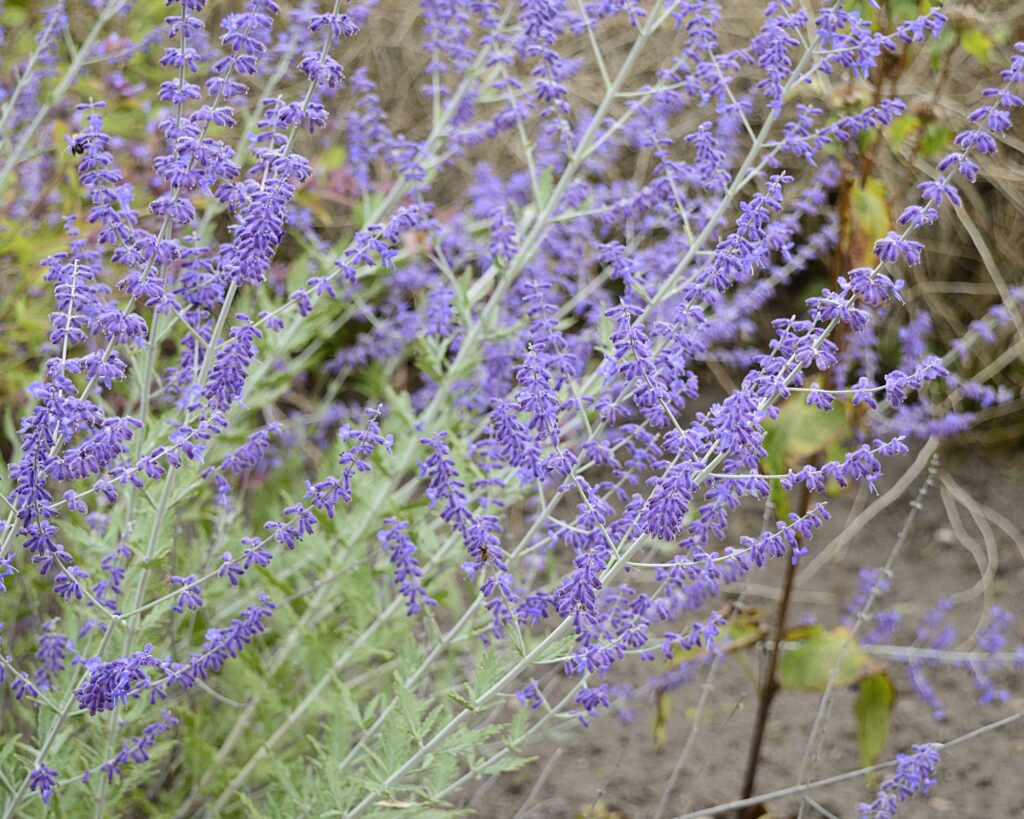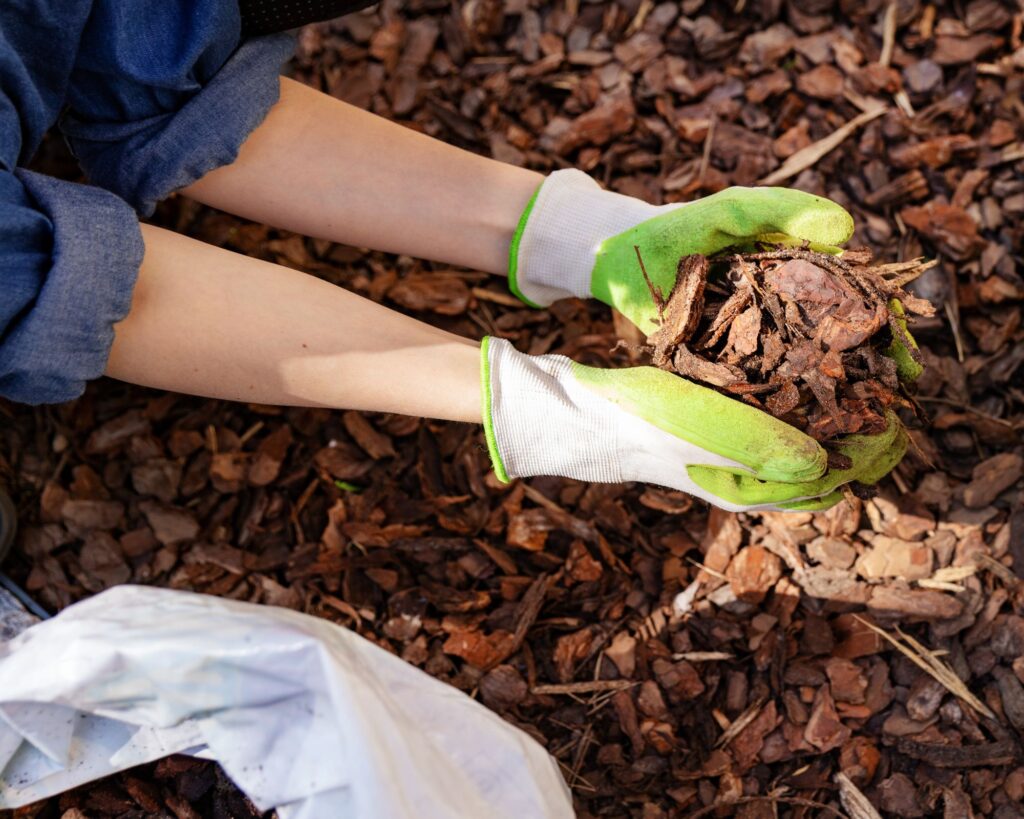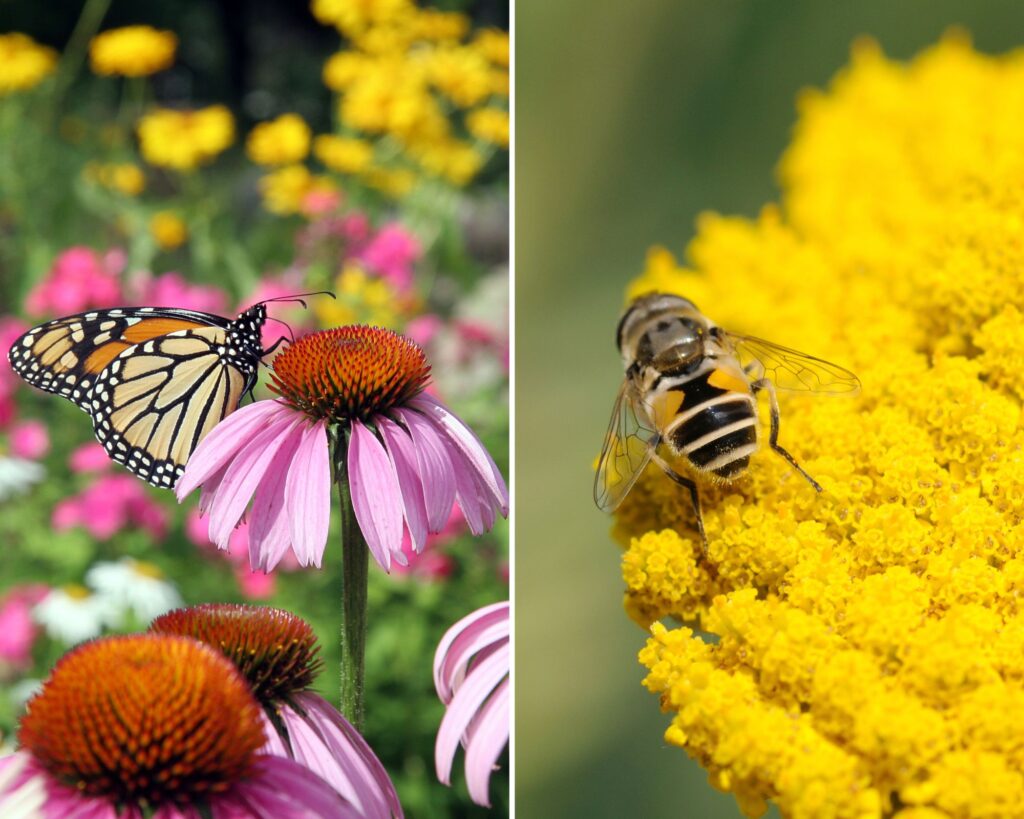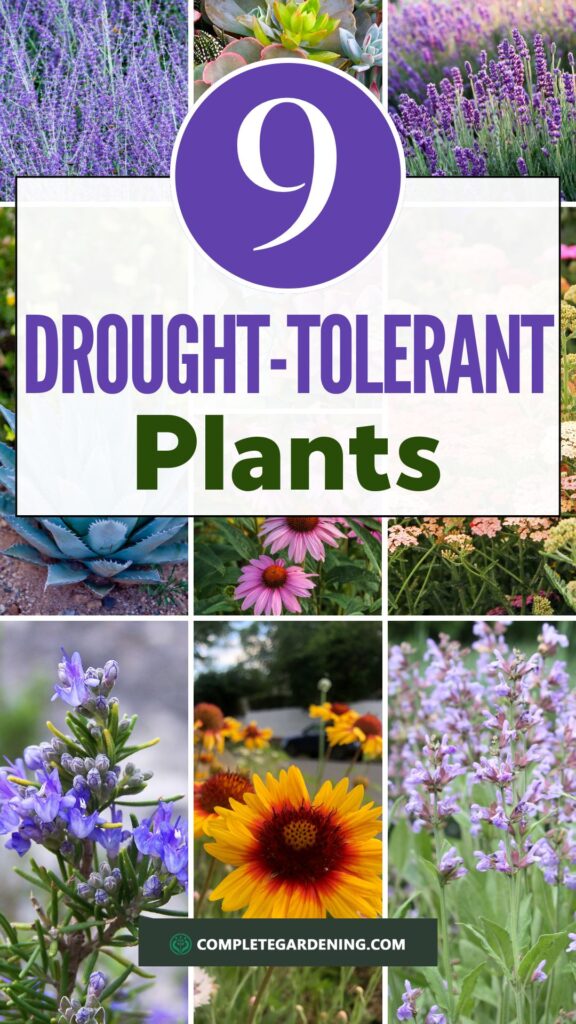Are you tired of watching your garden wilt away every summer under the brutal sun, struggling to keep up with water restrictions?
Imagine a garden that stays green and lush with minimal effort, even in the hottest months. The solution lies in choosing plants that thrive in drought conditions.
This guide reveals nine extraordinary plants that not only survive but flourish with little water, providing a low-maintenance and beautiful solution to your gardening woes.
Discover how to transform your garden into a resilient oasis, regardless of the summer heat.
1. Lavender (Lavandula)
Lavender is a versatile and aromatic plant that is a favorite in many gardens. Native to the Mediterranean, lavender is well adapted to hot, dry climates.
Its beautiful purple flowers and soothing scent make it a popular choice for gardens and landscapes.
- Growing Conditions: Lavender thrives in full sun and well-drained soil. It prefers a slightly alkaline soil pH and can tolerate sandy or gravelly soils.
- Watering Needs: Once established, lavender requires very little water. Overwatering can lead to root rot, so it’s important to let the soil dry out between watering.
- Uses: Beyond its ornamental appeal, lavender can be used in culinary dishes, essential oils, and as a natural insect repellent.
2. Succulents
Succulents are a broad category of plants that store water in their leaves, stems, or roots, making them exceptionally drought-tolerant. This category includes aloe vera, echeveria, sedum, and many others.
- Growing Conditions: Succulents prefer bright light and well-draining soil. They thrive in rocky or sandy soils and are perfect for xeriscaping.
- Watering Needs: Succulents need infrequent watering. Overwatering is a common mistake, so it’s best to let the soil dry out completely between waterings.
- Uses: Succulents are often used in decorative arrangements, indoor planters, and rock gardens. Aloe vera, in particular, is known for its medicinal properties.
3. Yarrow (Achillea millefolium)
Yarrow is a hardy perennial that produces clusters of small, colorful flowers. It is native to temperate regions and is well-suited for hot, dry climates.
- Growing Conditions: Yarrow prefers full sun and well-drained soil. It can tolerate poor soil conditions and thrives in sandy or rocky soils.
- Watering Needs: Once established, yarrow is very drought-tolerant and requires minimal watering. It is also resistant to pests and diseases.
- Uses: Yarrow is often used in borders, meadows, and naturalized areas. Its flowers attract beneficial insects, making it a great plant for pollinator gardens.
4. Rosemary (Rosmarinus officinalis)
Rosemary is a fragrant herb that is both ornamental and useful in the kitchen. This Mediterranean native loves the sun and dry soil, making it perfect for drought-prone areas.
- Growing Conditions: Rosemary thrives in full sun and well-drained soil. It prefers a sandy or loamy soil with good drainage.
- Watering Needs: Once established, rosemary requires very little water. It is prone to root rot if overwatered, so it’s best to let the soil dry out between watering.
- Uses: Rosemary is used in cooking, as an ornamental plant, and for its aromatic foliage. It can also be used in potpourris and natural insect repellents.
5. Coneflower (Echinacea)
Coneflowers are hardy perennials known for their bright, daisy-like flowers and their ability to withstand extreme heat and drought.
- Growing Conditions: Coneflowers prefer full sun and well-drained soil. They can tolerate poor soil conditions and thrive in a variety of soil types.
- Watering Needs: Once established, coneflowers are very drought-tolerant and require minimal watering. They are also resistant to pests and diseases.
- Uses: Coneflowers are often used in borders, meadows, and pollinator gardens. They attract butterflies and bees, adding life to your garden.
6. Sage (Salvia)
Sage is a versatile herb that is well-suited for hot, dry climates. With its aromatic leaves and spikes of colorful flowers, sage is a great addition to any garden.
- Growing Conditions: Sage thrives in full sun and well-drained soil. It prefers a sandy or loamy soil with good drainage.
- Watering Needs: Once established, sage requires very little water. It is drought-tolerant and can survive extended dry periods.
- Uses: Sage is used in cooking, as an ornamental plant, and for its aromatic foliage. It is also a popular plant for attracting pollinators to the garden.
7. Agave
Agave plants are known for their striking, architectural shapes and their ability to thrive in hot, arid conditions. These succulents are perfect for xeriscaping and require very little water.
- Growing Conditions: Agave prefers full sun and well-drained soil. It can tolerate rocky or sandy soils and is ideal for desert landscapes.
- Watering Needs: Agave requires minimal watering and can survive on natural rainfall once established. It is very drought-tolerant and low-maintenance.
- Uses: Agave is often used in rock gardens, desert landscapes, and as a focal point in garden designs. Some species of agave are also used to make tequila and agave syrup.
8. Blanket Flower (Gaillardia)
Blanket flowers are vibrant, hardy perennials that can tolerate heat and drought. Their bright, daisy-like flowers come in warm shades of red, orange, and yellow.
- Growing Conditions: Blanket flowers prefer full sun and well-drained soil. They can tolerate poor soil conditions and thrive in sandy or rocky soils.
- Watering Needs: Once established, blanket flowers require minimal watering. They are very drought-tolerant and resistant to pests and diseases.
- Uses: Blanket flowers are often used in borders, meadows, and pollinator gardens. They attract butterflies and bees, adding color and life to your garden.
9. Russian Sage (Perovskia atriplicifolia)
Russian sage is a tough, drought-tolerant perennial with silvery foliage and lavender-blue flowers. It thrives in full sun and poor soil conditions, making it perfect for dry, hot climates.
- Growing Conditions: Russian sage prefers full sun and well-drained soil. It can tolerate poor soil conditions and is ideal for xeriscaping.
- Watering Needs: Once established, Russian sage requires minimal watering. It is very drought-tolerant and low-maintenance.
- Uses: Russian sage is often used in borders, meadows, and as a focal point in garden designs. Its flowers attract pollinators, making it a great addition to pollinator gardens.
Tips for Growing Drought-Tolerant Plants
To get the most out of your drought-tolerant plants, it’s important to follow some key gardening practices. These tips will help you create a thriving, water-wise garden:
- Soil Preparation: Well-draining soil is crucial for drought-tolerant plants. Amend your soil with compost or sand to improve drainage. Avoid heavy clay soils that retain water and can cause root rot.
- Mulching: Apply a layer of mulch around your plants to help retain moisture and regulate soil temperature. Organic mulches, such as bark or straw, are great options. Mulching also helps reduce weeds, which compete with your plants for water.
- Watering: While these plants are drought-tolerant, they still need some water, especially when first planted. Water deeply but infrequently to encourage deep root growth. It’s better to water thoroughly once a week than to give a light watering every day.
- Spacing: Proper spacing between plants allows for better air circulation and reduces competition for water and nutrients. Crowded plants are more prone to disease and pest infestations.
- Planting Time: The best time to plant drought-tolerant plants is in the cooler months of spring or fall. This gives them time to establish their root systems before the heat of summer.
- Group Plants with Similar Needs: When planning your garden, group plants with similar water and sunlight requirements together. This makes watering and care easier and more efficient.
- Regular Maintenance: Even drought-tolerant plants need some care. Regularly check for pests and diseases, prune dead or damaged foliage, and remove weeds that compete for resources.
The Benefits of Drought-Tolerant Plants
Choosing drought-tolerant plants for your garden offers numerous benefits beyond water conservation:
- Lower Maintenance: These plants are generally low-maintenance, requiring less watering, fertilizing, and care compared to other plants.
- Cost Savings: Reduced water usage means lower water bills. Additionally, fewer chemicals and fertilizers are needed, saving money and reducing environmental impact.
- Environmental Benefits: Drought-tolerant plants help conserve water, an increasingly precious resource. They also contribute to a sustainable garden by reducing the need for chemical inputs.
- Wildlife Habitat: Many drought-tolerant plants, such as coneflowers and yarrow, attract beneficial insects, birds, and pollinators. This enhances biodiversity and supports local ecosystems.
- Resilience: These plants are adapted to survive harsh conditions, making them more resilient to climate change and extreme weather events.
Incorporating drought-tolerant plants into your garden is a smart and sustainable choice.
With their beauty, resilience, and low-maintenance nature, these plants can transform your garden into a vibrant oasis, even in the hottest summers.
By following the tips and advice outlined in this guide, you can create a thriving, water-wise garden.
